Wire and Cable
Ethernet Cable Selection for Utilities
How Modern Conductors are Improving Grid Reliability and Much More
Wire and Cable
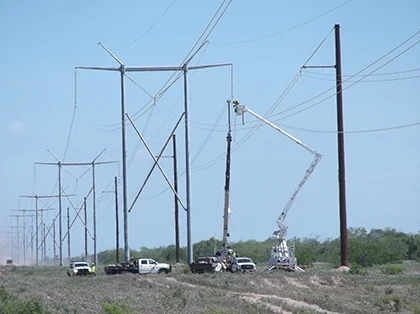
High-Capacity, Energy-Efficient ACCC® Conductor Case Study
This project won EEI Transmission Project of the Year – 2016
Description: 240 circuit miles, 345 kV line, double bundle
Project: Replace 1,440 miles of ACSR conductor with ACCC
Objectives
- Improve reliability (reduced sag and corrosion)
- Increased capacity to serve growth (2X ACSR)
- Improve grid resilience using high-strength composite core
- Retain existing structures – to reduce capital costs and timeframe
- Eliminate down time with live line reconductoring
Related Articles

How Modern Conductors are Improving Grid Reliability and Much More
Reflections: Nearly twenty years ago when I got into the energy business, reliability was a second-tier design objective for most transmission engineers. Safety factors had already been established and the materials we used for structures and powerline wires (conductors) were well known. While...

FERC Approves Interconnection for Talen Energy, Amazon Data Center
In a significant move that underscores the growing demand for reliable and sustainable energy to power the expanding digital infrastructure, the Federal Energy Regulatory Commission (FERC) has approved an interconnection agreement between Talen Energy, Amazon Web Services (AWS), and Exelon. This...
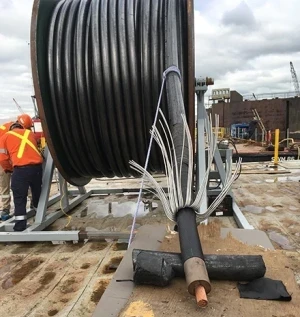
Insulation Resistance Test
Insulation Resistance (IR) test, often called Megger test, is more than 100 years old and assumed to be a very straightforward test. During my inspection and testing work in the past 15 years in Canada, US, and internationally, I have seen different practices of performing and interpretation of IR...

The Role of Cable Rejuvenation in Addressing the Maintenance of Aging Underground Cables
Aging underground residential distribution (URD) cables is a growing problem in communities around the world, disrupting customers and causing business challenges for utility providers. But in most cases, the traditional remedy for URD cable failure—taking the impacted...
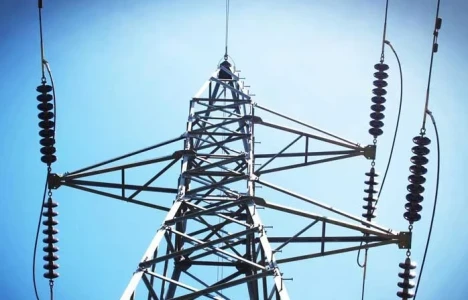
FERC Complaint Targets Duke, PJM Transmission Planning
A coalition of large energy consumers and ratepayer advocates has filed a complaint with the Federal Energy Regulatory Commission (FERC), urging the agency to prohibit transmission owners from independently planning "local" transmission projects exceeding 100 kilovolts (kV). The coalition argues...

FERC Approves Interconnection for Talen Energy, Amazon Data Center
In a significant move that underscores the growing demand for reliable and sustainable energy to power the expanding digital infrastructure, the Federal Energy Regulatory Commission (FERC) has approved an interconnection agreement between Talen Energy, Amazon Web Services (AWS), and Exelon. This...

FirstEnergy Explores Alternatives to PJM Capacity Market
In a strategic move aimed at enhancing its power supply reliability, FirstEnergy is actively exploring alternatives to the PJM capacity market. This development reflects the company’s proactive approach to addressing challenges within the existing market structure and ensuring a more robust...
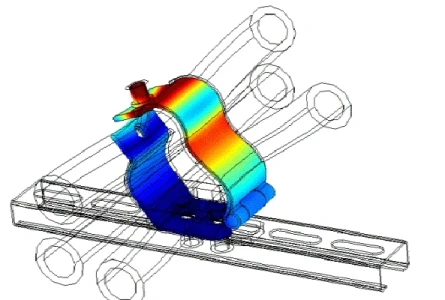
Cable Cleats Testing - Crucial to Cable Management
Essentially, cable cleats are devices designed to secure cables and to ensure the retention and support of them, reducing the load that the cable may be exposed to under its own weight. They are also designed to contain the cables under fault conditions, protecting the cables and the cable...

Reconducting Existing Transmission Lines Enables Low-Cost Grid Decarbonization
To support decarbonization mandates in the U.S., many utilities and transco's have proposed new transmission lines to link load centers with new renewable generation assets and move power from one region to another over vast distances. While the U.S. government continues to struggle to find ways to...
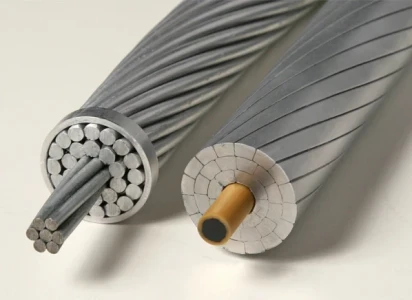
The Evolution / Revolution of Overhead Conductors... and why it matters
Brief Background: In the early 1900’s Aluminum Conductor Steel Reinforced (ACSR) conductor was developed to replace copper wires, due to the war effort when copper was needed for munitions. In the 1970’s growing demand for electricity inspired the development of higher capacity...
